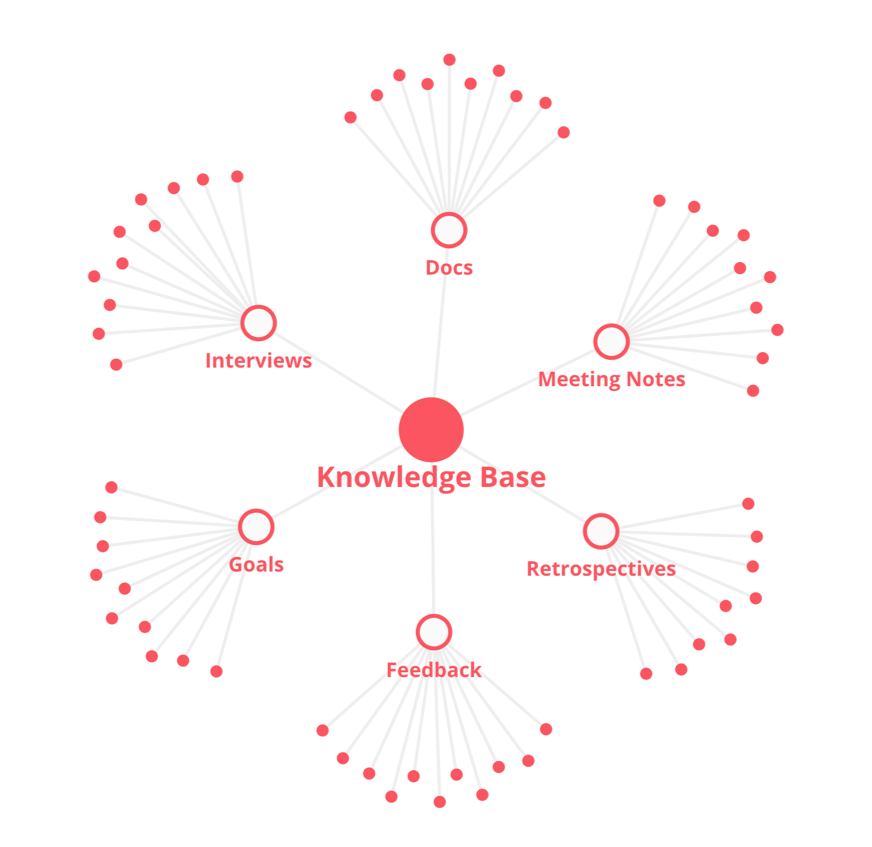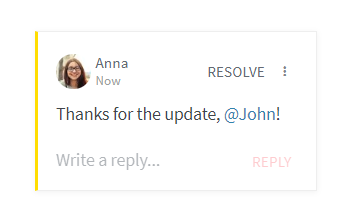Not sharing knowledge costs Fortune 500 companies $31.5 billion a year

Would your colleague or employee share his hard-earned knowledge — be it technical expertise or customer information — with others in the company if it required time and effort and he had nothing to gain from it?
Being recognized as the “go-to” person on certain topics comes with a competitive advantage, and going out of one's way to give it up would seem counter-intuitive. Evidence has shown that without a valid incentive to do otherwise, in-house experts are likely to hoard valuable know-how instead of sharing it, which results in sizable financial losses for your business.
According to a study published by the International Data Corporation (IDC), a market intelligence and advisory firm, Fortune 500 companies lose roughly $31.5 billion (!) a year by failing to share knowledge. That’s a lot of money that could otherwise be spent on employee development, bonuses, and countless other business needs.
This finding is several years old, and while it generated a lot of publicity at the moment of publication and turned "knowledge management" into a persistent industry buzzword, few attempts have been made to address the root causes of the problem.
From knowledge hoarding to knowledge loss
Various scenarios can lead to knowledge hoarding and eventually knowledge loss but what they have in common is expensive consequences.
Suppose a company has 100 employees, with average yearly salaries of $60,000, and each of them wastes at least 5 minutes per day looking for answers to common questions. How much money does the company waste because of this? 5 minutes may not sound like a lot but it adds to as much as $62,500 per year!
Wasted time is just part of the problem. Decisions take longer, the same mistakes are made over and over again, work gets duplicated, and overall quality of work suffers.
And when the employees leave the company, their knowledge may be lost for good.
Recent changes to the workforce demographics have further exacerbated these problems and are now forcing business leaders to re-examine their approach to knowledge management.
The baby boomer brain drain
Loss of employees due to retirement has always been a reality of every organization. By 2030, however, the baby boomer generation will be over 65, meaning that millions of them will retire, taking the knowledge they have gathered over the years with them. Thinking that younger employees can easily replace them and learn everything they need to know from scratch is erroneous.
Dorothy Leonard, Professor of Business Administration at Harvard, conducted a survey as part of her research for her book “Critical Knowledge Transfer: Tools for Managing Your company’s Deep Smarts”, and found that 42% of companies try to address this problem of knowledge retention by hiring retirees back as consultants to do the same jobs they have always done but with double pay.
The job-hopping Gen Y
At the other end of the generational spectrum, employees born between the 80s and 90s also contribute to knowledge loss. Younger employees leaving their jobs for better opportunities is nothing new, but now that millennials are joining the global workforce, it has become a trend that can't be ignored. A study by the Education Advisory Board suggests that millennials will job-hop up to 20 times in their career, about twice as often as their baby boomer counterparts, taking their knowledge with them every time.
Making up for that knowledge loss is not cheap either. It has been estimated that it costs more than $30,000 to replace a member of staff, resulting from the loss of productivity in the 28 weeks it takes to bring a new recruit up to speed.
All of this leaves companies greatly disadvantaged but it can be prevented.
Knowledge retention tactics
“Knowledge has to be improved, challenged, and increased constantly, or it vanishes.”
– Peter F. Drucker
Ensuring that important knowledge is shared and retained within the company is not as challenging as it may seem, yet it is often treated as an afterthought. Here are a few best practices that can help you turn the tide of knowledge loss in your company.
Create a knowledge base
Without an easy and transparent knowledge sharing system, even the most open and motivated employees are unlikely to go out of their way to share information. The first step, therefore, would be to set up a simple and easy-to-use knowledge base where all important information can be safely stored and accessed from anywhere and at any time.
The key is to make contributions as effortless as possible. When knowledge is well-organized, easily searchable, and simple to keep up-to-date, achieving a buy-in is not that difficult. In Nuclino, any team can easily and collaboratively build their internal knowledge base without any technical background or experience with knowledge management tools. Everything is organized in a visual mind map making navigation easy and intuitive. Separate workspaces can be created for different teams, projects, and topics, and you decide who has access to what.

Serving as a single source of truth, a team knowledge base helps keep everyone on the same page. This not only ensures that important knowledge remains within the company, but also encourages team collaboration, facilitates onboarding of new employees, and fosters a culture of trust and transparency.
Foster social collaboration
Companies in which employees work individually rather than in groups are especially prone to knowledge loss. To break through those information silos and reduce your company’s dependency on individual knowledge, it's important to encourage (and enable) your team to solve problems together.
Creating a transparent digital co-working space where your team members can collaborate on their projects would allow your team members to learn from each other, observing how others use their knowledge. Collaboration is at the core of Nuclino. Every page can be edited by multiple people at the same time, and your team members can engage with each other directly using mentions and comments and sending each other instant notifications.

This allows your team to stay up to date with what their colleagues are up to, while cutting down internal email traffic, boosting productivity, and encouraging knowledge sharing.
Introduce a mentoring scheme
Mentoring programs have also proven to be an effective way to facilitate knowledge transfer. Some types of tacit knowledge can be hard to codify and document, and for these cases mentoring may be the best solution. Something as simple as assigning a guide or a buddy to a new employee can go a long way, especially now that baby boomers are retiring and younger employees are taking their place.
Knowledge is a company asset like any other, and it's far harder to replace than a piece of office equipment. Yet, due to its intangible nature, its value is frequently underestimated and important best practices get overlooked. Knowledge management can be an effective cost-cutting lever when done right, and, with proper tools in place, organisations can easily capitalize on the informal learning that happens on a daily basis and make knowledge sharing a part of their culture.